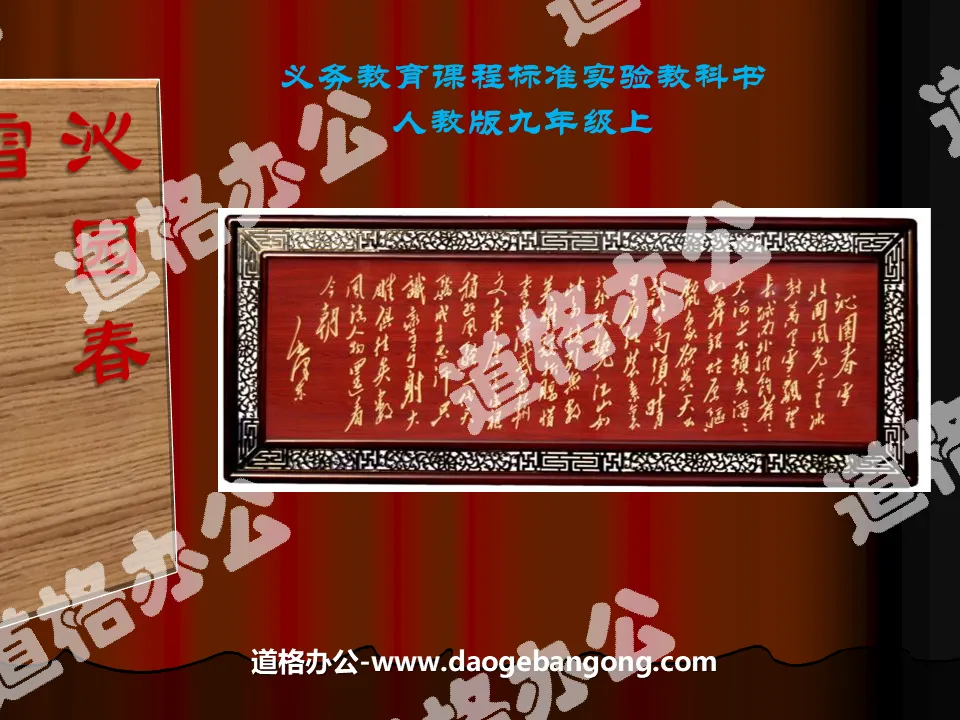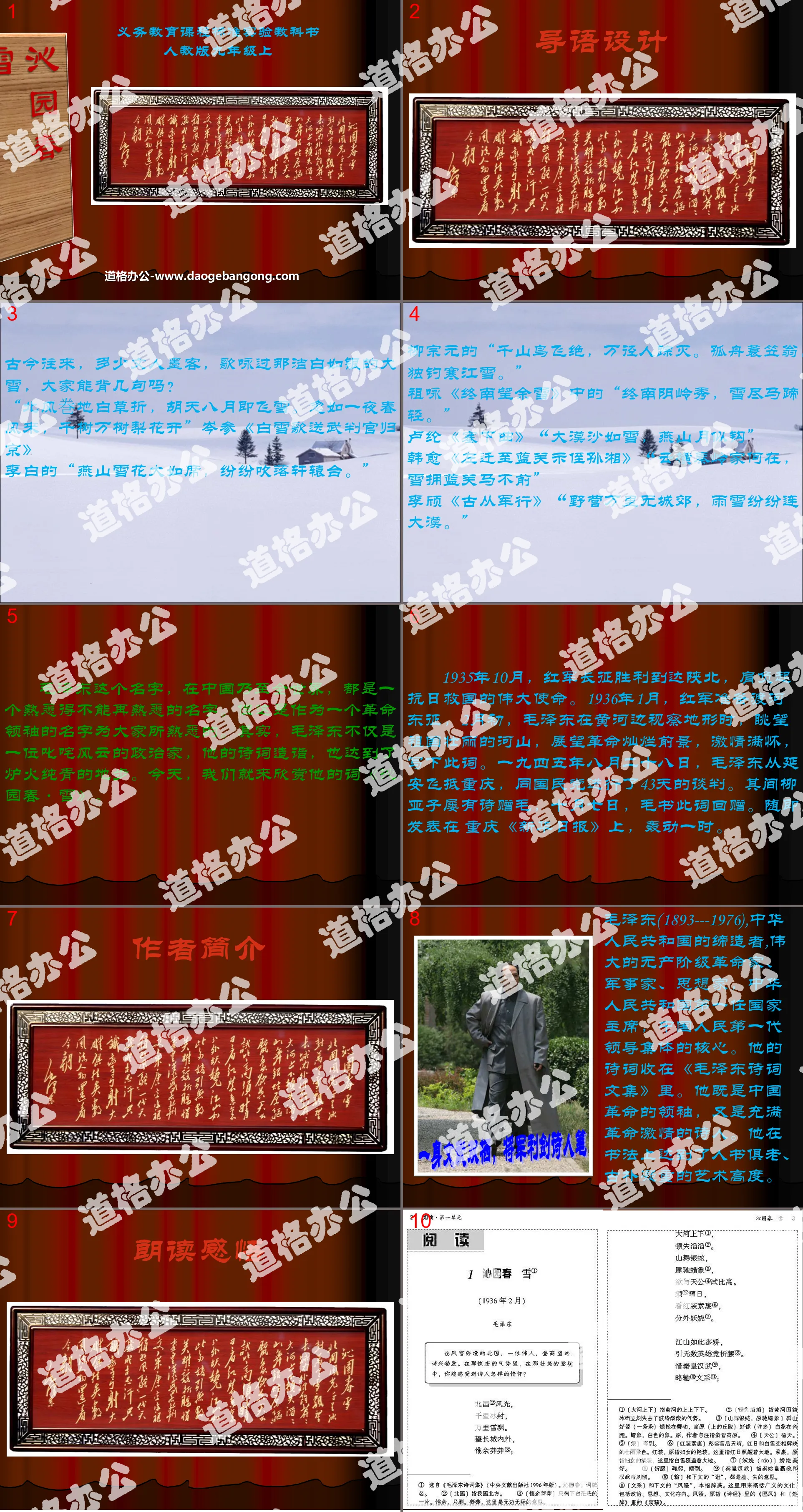The second volume of first-grade Chinese compiled by the People's Education Publishing House
The second volume of fifth-grade Chinese compiled by the People's Education Publishing House
The first volume of Chinese language for eighth grade compiled by the People's Education Publishing House
The first volume of first-grade Chinese compiled by the People's Education Publishing House
The first volume of ninth-grade Chinese compiled by the People's Education Publishing House
The first volume of fourth-grade Chinese compiled by the People's Education Publishing House
The first volume of Chinese language for sixth grade compiled by the People's Education Publishing House
The second volume of Chinese language for eighth grade compiled by the People's Education Publishing House
The first volume of Chinese language for fifth grade compiled by the People's Education Publishing House
The first volume of second-grade Chinese compiled by the People's Education Publishing House
Hunan Education Edition Third Grade Chinese Language Volume 1
The second volume of fourth-grade Chinese compiled by the People's Education Publishing House
The second volume of second-grade Chinese compiled by the People's Education Publishing House
The first volume of third-grade Chinese compiled by the People's Education Publishing House
The second volume of Chinese language for sixth grade compiled by the People's Education Publishing House
The second volume of seventh-grade Chinese compiled by the People's Education Publishing House

| Category | Format | Size |
|---|---|---|
| The first volume of ninth-grade Chinese compiled by the People's Education Publishing House | pptx | 6 MB |
Description
"Qinyuan Spring·Snow" PPT courseware 3
Mao Zedong (1893---1976), the founder of the People's Republic of China, a great proletarian revolutionist, militarist, and thinker, the first President of the People's Republic of China, and the core of the first generation leadership collective of the Chinese people. His poems are collected in "Collected Poems of Mao Zedong". He is both the leader of the Chinese revolution and a poet full of revolutionary passion. In calligraphy, he reached the artistic height of being old, simple and dignified.
Main point
The whole poem describes the scenery and history with magnificent spirit and vivid writing, enthusiastically praises the great rivers and mountains of the motherland, praises the proletarian revolutionary heroes, inspires people's patriotic enthusiasm and national pride, and encourages people to strive for the establishment of a new China.
Writing characteristics
1. The organic combination of scene description, discussion and lyricism.
2. The language is vivid, alert and beautiful.
Introduction to word common sense
Ci is an ancient rhyme form, also known as long and short sentences. The sentences, number of words, rhythm, and rhythm of a word have a fixed format and can be sung. This is the word score. The poet writes the words according to the word score. The names of the lyrics are called Ci Pai, such as: "Huanxisha", "Shui Diao Ge Tou", "Ru Meng Ling", etc. The words may not have a title; if there is a title, write it behind the word card. Ci poems are generally divided into upper and lower columns. The upper column generally describes scenes, while the lower column is mostly lyrical.
Ci: It arose in the Tang Dynasty and became popular in the Song Dynasty. It is composed of music and singing, and the sentence structure is uneven. It is also called long and short sentences. Ci was originally called "quci" or "quci" and was set to music. Later, like Yuefu, Ci gradually separated from music and became a different style of poetry, so some people called Ci "Shiyu".
Word card: It is the name of the word format, also called the tone of the word. A type of word card has a certain rhythm. Different word cards have different specifications in terms of the number of paragraphs, the number of sentences, the rhythm, the number of words in each sentence, the sentence structure, and the rhythm. The author fills in the words according to this specification, which is called "filling in words".
Mao Zedong's poems
The poems of the older generation of Chinese proletarian revolutionaries, represented by Mao Zedong, reflect the lofty ideals of the Communists, the awe-inspiring righteousness of the Chinese nation, and shine with the brilliance of Marxist personality. They are either passionate, deep, simple, or fresh, and together they build a monument of the era of revolutionary poetry.
So far, 68 poems by Mao Zedong (1893--1976) have been published. His poems summarize China's half century of revolutionary years and contain profound ideological content:
1. It eulogizes the richness and magnificence of the proletarian revolutionary struggle life.
2. It embodies the lofty ideals and extraordinary courage and courage of a great revolutionary.
3. His brushwork also penetrates into the emotional world, expressing friendship, love and family affection under the background of revolution.
Keywords: "Qinyuanchun·Snow" courseware, download the Chinese PPT courseware of the first volume of the ninth grade of the New People's Education Press, download the ninth-grade Chinese slideshow courseware, download the "Qinyuanchun·Snow" PPT courseware, .PPT format;
For more information about the "Qinyuan Spring Snow" PPT courseware, please click on the "Qinyuan Spring Snow" PPT tab.
"Qinyuan Spring·Snow" PPT excellent courseware:
"Spring Snow in Qinyuan" PPT Excellent Courseware Part One: Introduction to the Author Mao Zedong, whose courtesy name is Runzhi and whose pen name is Ziren. A native of Xiangtan, Hunan. Poet, great Marxist, proletarian revolutionist, strategist and theorist, member of the Communist Party of China and the Chinese People's Liberation Army..
"Qinyuan Spring·Snow" PPT free download:
"Spring Snow in Qinyuan" PPT free download Part 1: Learning objectives 1. Read the text emotionally and read out the heroic momentum. 2. Taste the language of poetry and improve students’ poetry appreciation ability. 3. Understand the author’s admiration for the mountains and rivers of the motherland, and the proletarian...
"Qinyuan Spring·Snow" PPT download (Lesson 2):
"Spring Snow in Qinyuan" PPT download (Lesson 2) Part One: Learning Objectives 1. Understand the writing method that combines description of scenery, discussion and lyricism, and feel the beautiful language. 2. Compare and read poems about snow scenes to deepen your understanding of the theme of this poem. 3. Take an objective look at the poet’s views on the past dynasties..
File Info
Update Time: 2024-11-22
This template belongs to Chinese courseware The first volume of ninth-grade Chinese compiled by the People's Education Publishing House industry PPT template
"Qinyuan Spring·Snow" PPT courseware 3 Simple campus recruitment activity planning plan summary enterprise and institution recruitment publicity lecture PPT template is a general PPT template for business post competition provided by the manuscript PPT, simple campus recruitment activity planning plan summary enterprise and institution recruitment promotion Lecture PPT template, you can edit and modify the text and pictures in the source file by downloading the source file. If you want more exquisite business PPT templates, you can come to grid resource. Doug resource PPT, massive PPT template slide material download, we only make high-quality PPT templates!
Tips: If you open the template and feel that it is not suitable for all your needs, you can search for related content "Qinyuan Spring·Snow" PPT courseware 3 is enough.
How to use the Windows system template
Directly decompress the file and use it with office or wps
How to use the Mac system template
Directly decompress the file and use it Office or wps can be used
Related reading
For more detailed PPT-related tutorials and font tutorials, you can view: Click to see
How to create a high-quality technological sense PPT? 4 ways to share the bottom of the box
Notice
Do not download in WeChat, Zhihu, QQ, built-in browsers, please use mobile browsers to download! If you are a mobile phone user, please download it on your computer!
1. The manuscript PPT is only for study and reference, please delete it 24 hours after downloading.
2. If the resource involves your legitimate rights and interests, delete it immediately.
3. Contact information: service@daogebangong.com
"Qinyuan Spring·Snow" PPT courseware 3, due to usage restrictions, it is only for personal study and reference use. For commercial use, please go to the relevant official website for authorization.
(Personal non-commercial use refers to the use of this font to complete the display of personal works, including but not limited to the design of personal papers, resumes, etc.)
Preview










